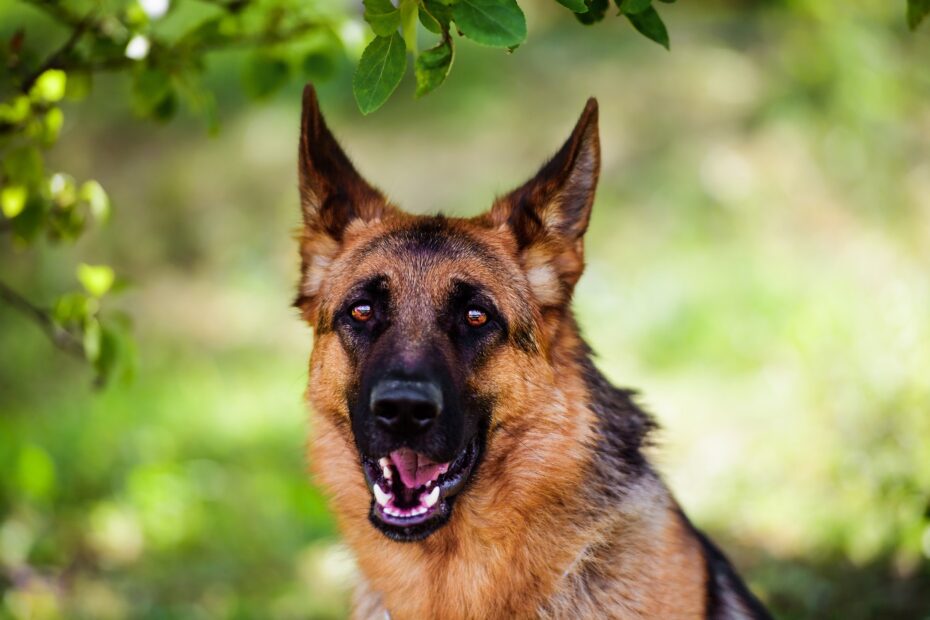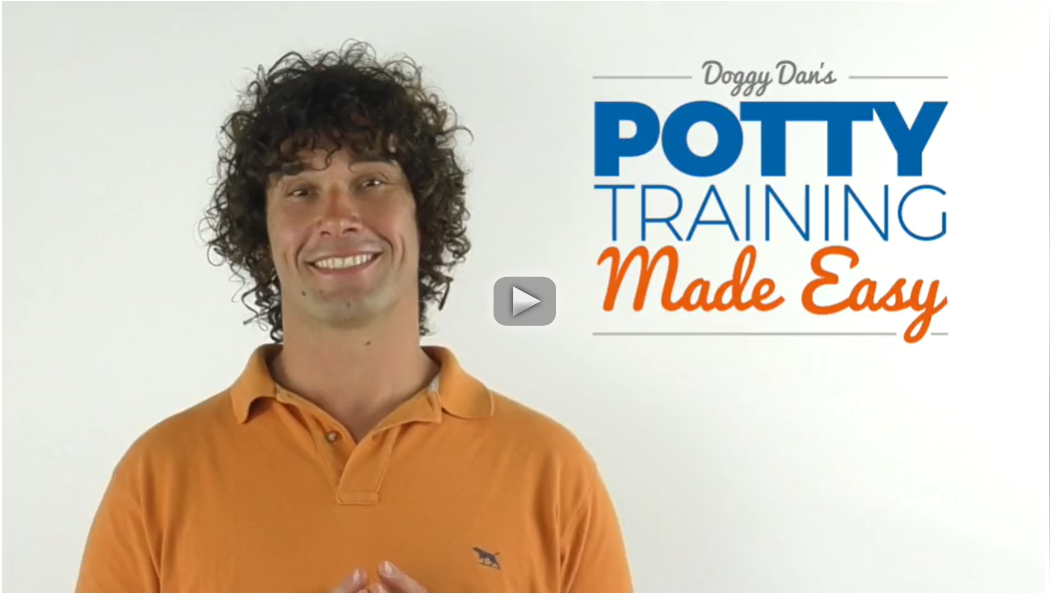If your dog won’t pee outside, trust me when I say you’re not alone.
It may sound strange, it may be frustrating, and it may be turning your hair a whiter shade of pale even as we speak, but the one thing it’s not is unheard of.
Some dogs will continue to pee indoors long, long after other dogs have graduated from potty training class. It doesn’t mean they’re dunces. It doesn’t mean they’re naughty. It certainly doesn’t mean they can’t be trained to do otherwise.
It simply means that somewhere along the line, something’s not gone to plan.
It could be they’re a rescue dog that’s never been potty trained.
…It could be they get anxious about peeing in front of an audience.
…It could be they’ve seen something nasty on a walk and would rather not see it again, thank you very much.
In fact, it could be one of many things.
The bad news? …Until you figure out what that thing is and start to tackle it, you’re going to be stuck with a soggy carpet and an ever-growing number of white hairs.
The good news? …There’s no such thing as a hopeless case. Whether your dog’s 10 months old or 10 years old, a Labrador or a Shih Tzu (or anything in between), their peeing problem isn’t insurmountable.
With the right combination of training, consistency, and positive reinforcement, you can teach your dog exactly why peeing outside is nowhere near as bad as they think.
The first step? Watch the Free Potty Training Made Easy Course from Dan Abdelnoor over at The Online Dog Trainer. (see video below)
Even if your dog has already been potty trained, a refresher in the basics never goes amiss. Maybe you’ll spot something you missed in your last round of training.
Or maybe you’ll pick up a crucial tip that could make all the difference to your next round.
Either way, watch it – it’s not going to do the hard work for you, but it does guarantee the kind of results that make that work worth it.
Anyway, here’ the link to take a look: Click Here To Discover How To Finally Get Your Dog To Pee Outside And Have Them Fully Potty Trained The Quick & Easy Way!
(video will open in new window)
Why Won’t My Dog Pee Outside?
We all expect puppies to have accidents indoors. But what does it mean when a fully grown dog has the bladder control of a newborn?
Ultimately, it can mean one of a number of things. Unfortunately, that doesn’t make the task in front of you any easier.
Why?
Because if you want to tackle the problem, you’re going to need to identify the cause first.
Some solutions might cover a whole host of different causes. But the most effective strategy will always be one tailored to your dog’s particular need.
For instance, if they’re peeing inside because of a health problem, for example, no amount of positive reinforcement is going to do a lick of good.
Before you do anything else, take a step back and consider the overall picture.
Think about your dog’s history, their previous potty training (or lack thereof), their age, and their general health. Consider whether their aversion to peeing outdoors is a new development or a persistent problem.
Once you’ve done that, cast your eye over this little list to see which best fits the puzzle.
Health Problems
Before you do anything else, rule out any underlying medical issues.
If your dog has only recently started peeing inside, it could suggest they’ve developed a health problem that makes it hard for them to exercise any degree of bladder control.
Typically, this will affect older dogs more than younger ones. But conditions like diabetes (which can lead to increased thirst and more frequent urination) and urinary tract infections can afflict dogs of any age.
If you’ve noticed any other troubling or unusual behaviors like lethargy, exercise fatigue, appetite changes, or even aggression, it could be a sign that something’s not right.
Fear
If the problem has only recently developed, it might be a sign that something has happened to make your dog scared of peeing outside.
It could be they were frightened by another dog on a walk, heard a car backfiring, or got caught in a thunderstorm.
Whatever it is, and no matter how insignificant it sounds to me and you, if it was enough to give them a fright, there’s a good chance they’ll do anything to avoid it happening again.
If that means cocking their leg up against your sofa rather than a tree, so be it.
Lack of Training
If you’ve adopted a rescue dog, don’t assume they’ve been potty training.
Even if they have, it could be the training they received was either too lackluster to work, or too reliant on outdated ideas of punishment and correction to do any good.
Ultimately, dogs don’t instinctively know where it is (and isn’t) acceptable to pee.
If they’ve been using pee pads for most of their life or haven’t had anyone to teach them proper bathroom habits. They can’t be expected to know the difference between peeing on your carpet and peeing in the yard.
In cases like this, it’s vital to get back to basics and start from scratch. If you want to get it right the first time around, remember to watch the Potty Training Made Easy Course I mentioned a little earlier.
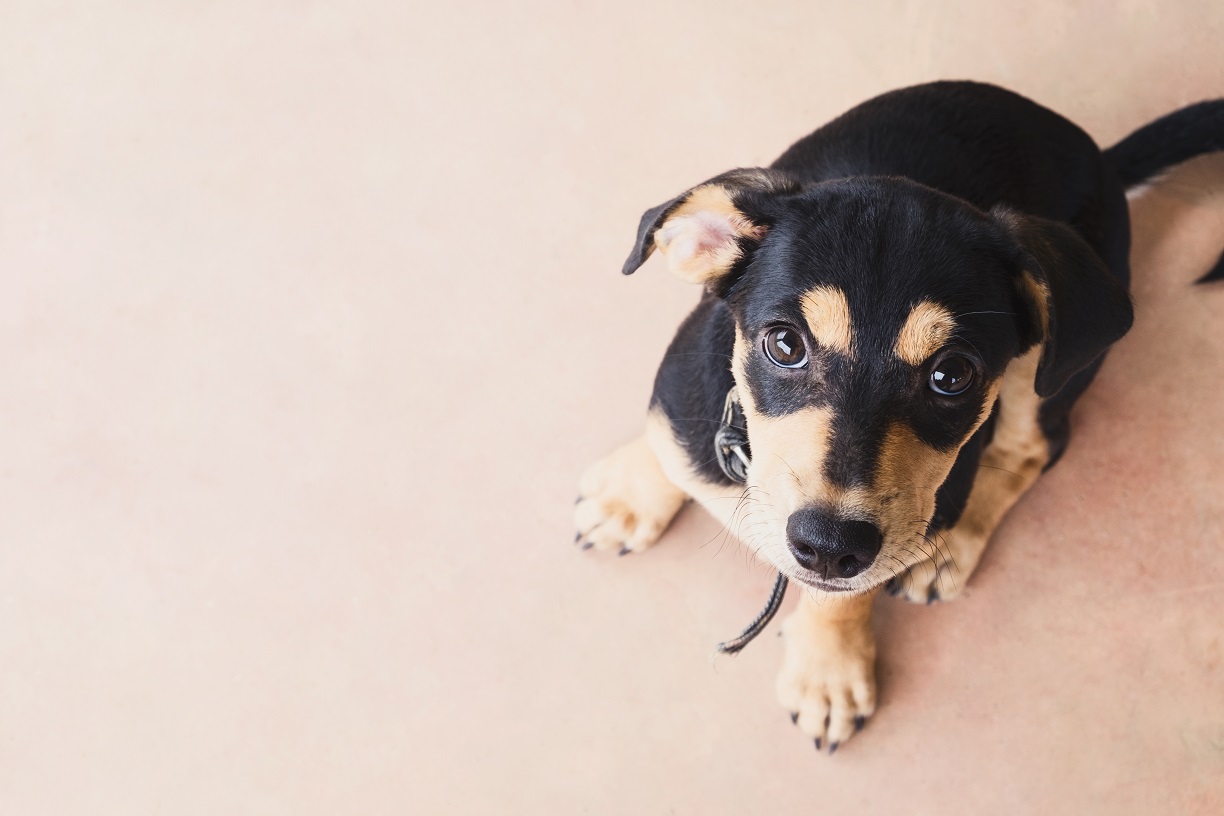
Breed
Strange though it sounds, breed can have a big impact on potty training.
Toy Poodles, Miniature Pinschers, Dachshunds, Shih Tzu’s, Chihuahuas… they all have a few things in common: tiny bladders and an aversion to the cold.
The first they can’t do much about. It’s just genetics. Small bodies = small bladders = frequent calls of nature.
The second isn’t exactly their fault either. Think about it. A Labrador, a Great Dane, a Rottie… all big breeds and all with legs that are long enough that they don’t need to worry about frosty grass or icy cement.
Smaller breeds aren’t so lucky. If it’s cold outside, they feel it. They’re also smart enough to realize that your living room carpet is warm and cozy and won’t give them frostbite when they do a number on it.
Stage Fright
Imagine if someone asked you to stand on stage, pull your pants down and go to the bathroom.
Sound appealing? …No?
Then imagine how a nervy dog feels when it’s asked to do its business in front of you.
Some dogs really couldn’t care less whether they’ve got an audience or not. Others like their private moments to be exactly that.
Usually, this happens as a result of poor potty training techniques that involve punishment. After enough times of being shouted at for peeing indoors, most dogs will become too scared to go in front of witnesses.
Even dogs that haven’t heard a harsh word in their life can still prefer to pee in privacy.
Leash Anxiety
When your pup was allowed to roam around off the leash, were they happy enough to pee outside?
Is it only since they got older and started wearing a leash that the problem has started?
If it is, you could be looking at the problem. If your dog hates the leash enough, they’ll forget all about how much they love being outside. Even giving a lamp post a good soaking will lose its allure.
If they spend every second of their walk feeling miserable and praying to get back inside and off the leash, it’s no wonder they’ll hold their bladders until they can relieve themselves in comfort.
Related Post: 5 Reasons Your Dog Refuses To Go Outside And What To Do About It

How To Get Your Dog To Pee Outside
So, now you know why your dog might be sprinkling your sofa rather than your rose bush. But what exactly do you do now?
If it’s a recent development and you suspect they might be ill, get them to the vet asap. Training isn’t going to do a single thing to correct a UTI or diabetes.
If a medical problem is identified, you might need to give them a quick potty training refresher once it’s been treated. Dogs are quick to develop habits – if it’s become routine for them to pee indoors, they might continue even after their health is back to normal.
If you’re not sure where to start, familiarise yourself with the basics using the Potty Training Made Easy Course.
If you’ve already ruled out a health problem, you can move straight on with some of the following strategies.
Designate a Potty Zone
If you haven’t already, mark out a safe, secure area in the yard for your dog to use as a bathroom. It needs to be as free from noises and distractions as possible. And well away from wherever you and your family like to spend time.
This is where you’ll need to bring your dog each and every time they need to use the bathroom. Don’t take them there to play or hang out – it’s there for one thing and one thing only.
As dogs use their noses to sniff out good places to pee, encourage them to use their new zone by using a pee and poop training spray that replicates that smell of fresh’ doings.’
While we’re on the subject of smells, remember to clean up any last lingering traces of odor from your carpet or furnishings.
Dogs like to return to the scene of a crime, so if there’s still a whiff of urine lurking around, they’ll think it’s safe to use that spot again. Use a good enzymatic cleaner to minimize the risk.
Make A Scheule
As sure as eggs are eggs, what goes in, must come out.
If you want to minimize any indoor accidents, create a schedule around mealtimes, playtimes, and naptimes. These are the daily activities that are usually followed by a call of nature.
Get on top of the activities, and you’ll find it easier to keep on top of the calls.
After each nap, meal, or game, pop a leash on your dog and head to the designated potty zone.
Some dogs like to take their sweet time about things, so try to avoid rushing them about their business. Once they’re done, give them plenty of praise and treats to encourage positive associations with peeing in the great outdoors.
If your dog has developed any negative associations with peeing outside, these new, positive associations will eventually help wipe away any memory of what made them fearful.
Related Post: How To Toilet Train A Puppy In 7 Days – The Quick & Easy Way
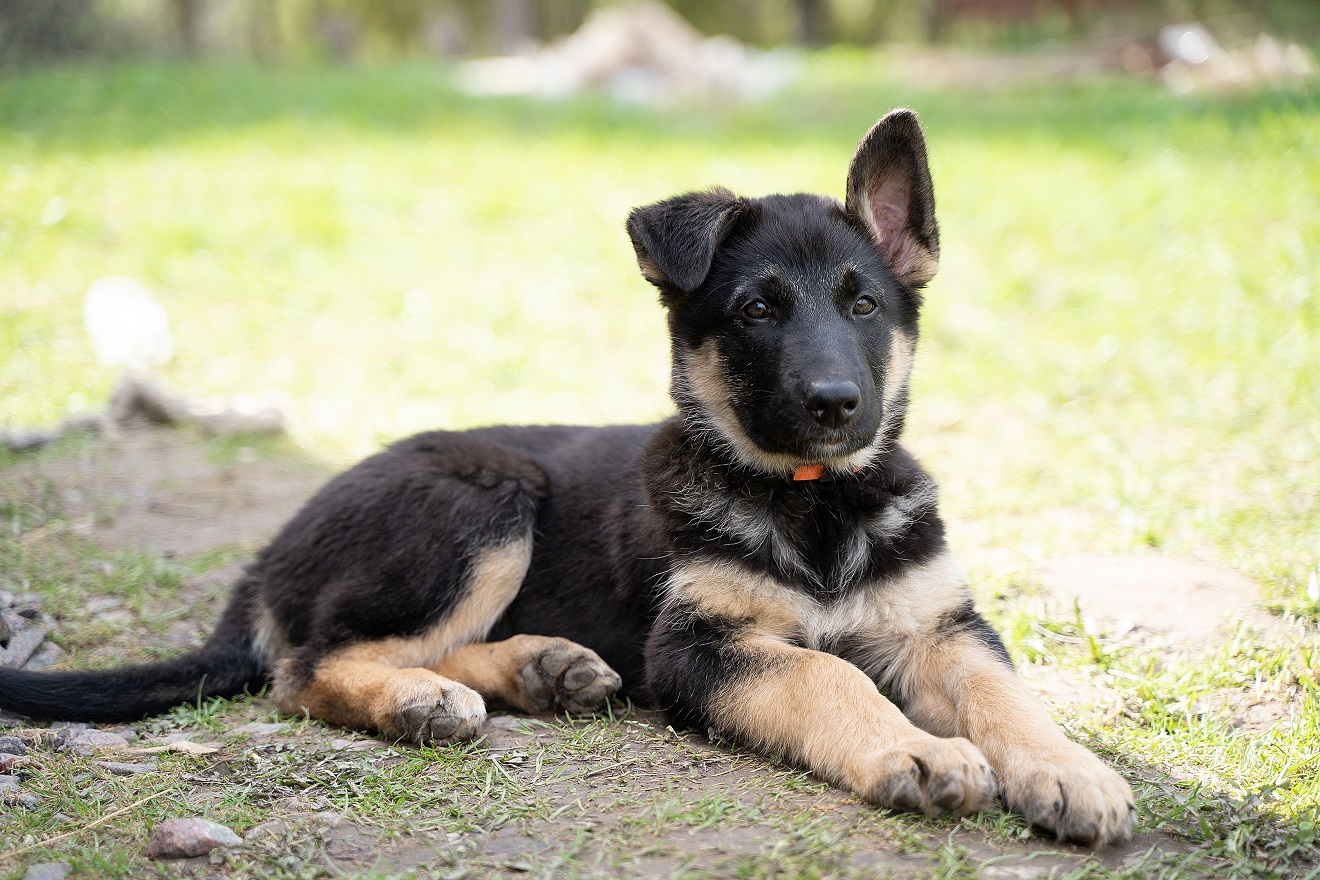
Keep Your Eyes Peeled
Until your dog is potty trained to perfection, avoid giving them the run of the house. To minimize any mishaps, you’re going to need to keep an eye on them at all times. If you’re upstairs and they’re downstairs, that’s not going to happen.
Some people like to keep their dogs attached to them with a soft leash so they can keep them under constant supervision. Others prefer to simply keep them in the same room as them.
Regardless of which method you prefer, watch out for any signs such as circling, pacing, sniffing at the floor, or hunching. If they start doing anything that suggests they need to pee, get them to their designated potty zone pronto.
For those times you can’t be around to watch them, you might want to consider crate training.
Ultimately, dogs hate soiling where they sleep. So if they use the crate for naps and rest, they’ll naturally be more willing to exercise bladder control.
They’re certainly not essential (some people prefer to simply keep their dogs confined to a certain room of the house). But if you do decide to use a crate, there are a few key things to remember.
Place it in a warm, draught-free spot away from direct sources of heat or ventilation.
…Make it comfortable with blankets and toys.
…Don’t overuse it: keeping your dog crated for hours on end will do more harm than good.
…Keep the initial introduction to the crate gentle, slow, and rewarding (hint: treats help).
…Choose a crate that’s big enough for your dog to stretch out, turn around, and stand up in, but small enough that they don’t use one half for sleeping and one half for peeing.
Pause and Rewind
Dogs don’t instinctively know where to go potty, but you know what? People don’t instinctively know how to teach them, either. And there’s zero shame in admitting that.
If you don’t know what you’re doing, if you need a helping hand, or if you feel you’re taking more steps back than forward, don’t worry. It doesn’t mean you’re a bad pet parent. It doesn’t mean your dog’s doomed to pee indoors forever. The only thing it does mean is that it’s time to relax, rewind, and revisit the basics.
Sit down, put your feet up, and watch the Potty Training Made Easy Course. If you need to, take some notes. If you haven’t got a pen, just watch, listen, and learn.
Once you’ve watched it, start implementing what you’ve seen. This doesn’t mean your dog is going to wake up tomorrow and never pee indoors again. What it does mean is that you’re on the right track to getting them there.
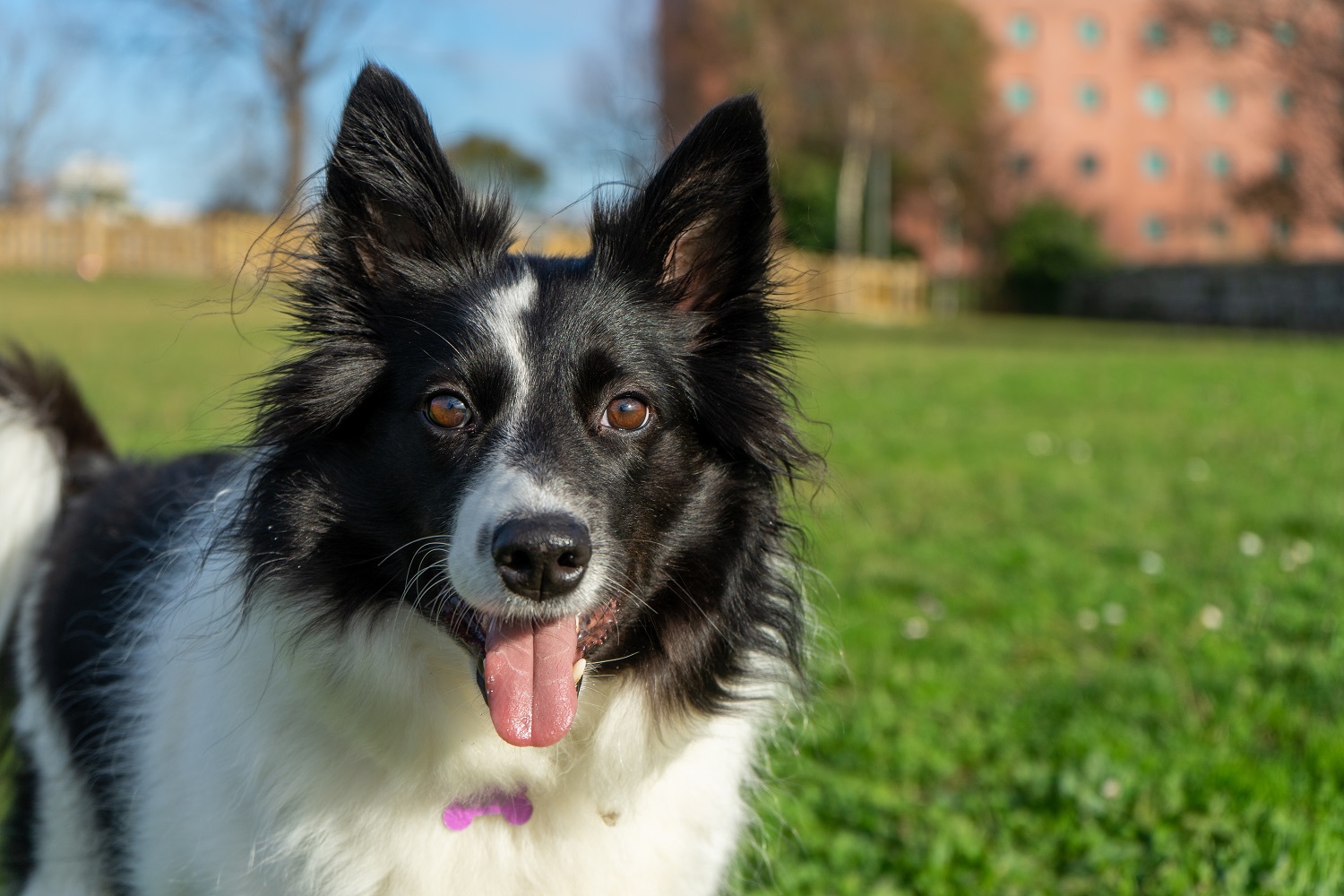
Final Thoughts
Dealing with a dog who thinks a carpet is an awesome place to pee is never easy. It’s messy, it’s smelly, and it’s tiring.
But you know another thing it is? …Manageable.
Potty training can be challenging, especially if you’re dealing with an older dog. But providing you stay patient, positive, and consistent, it doesn’t need to be impossible.
Identify the cause, apply the solution. It may sound easier said than done, but remember, the first step is always the hardest.
By recognizing there’s a problem, you’ve already taken that step. A few more, and you’ll be at the finishing line before you know it.
